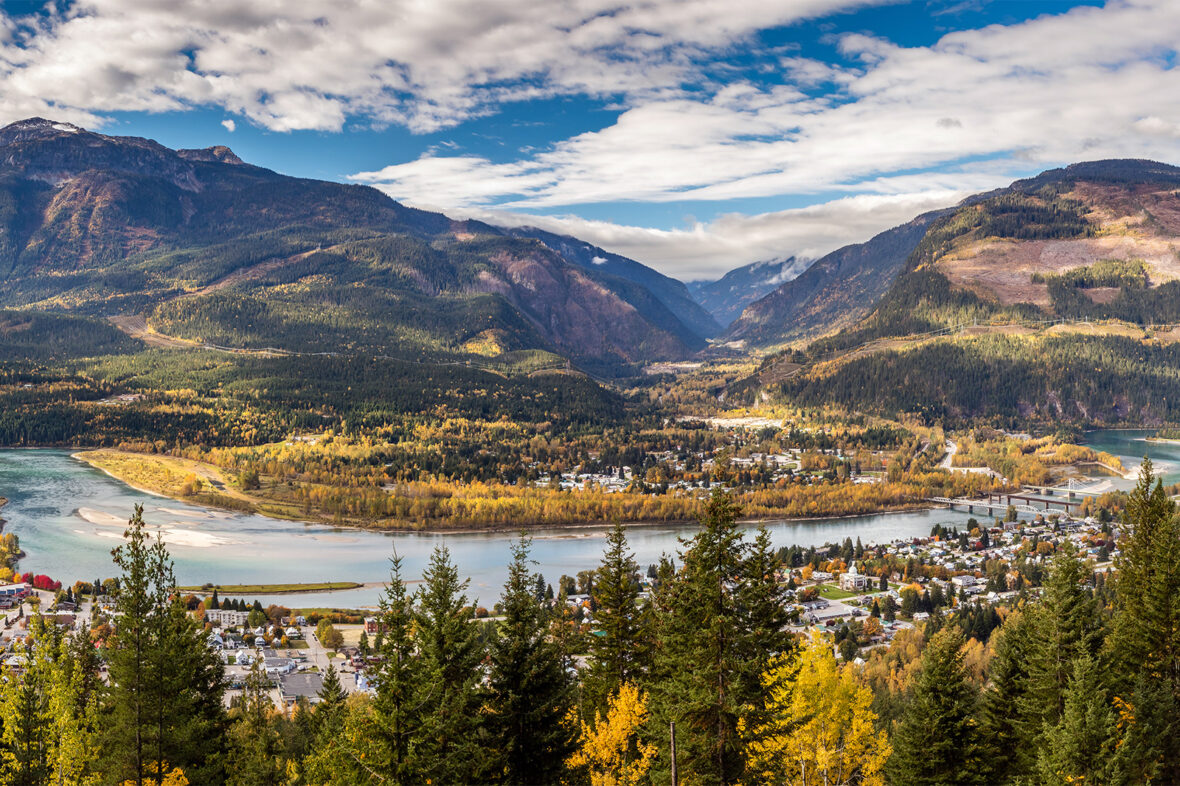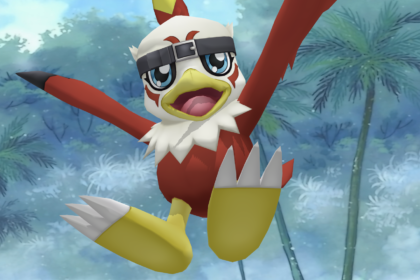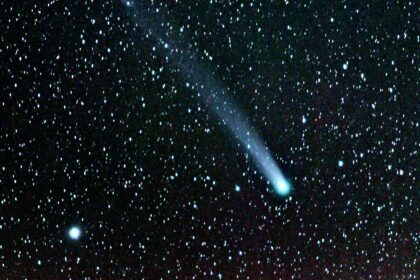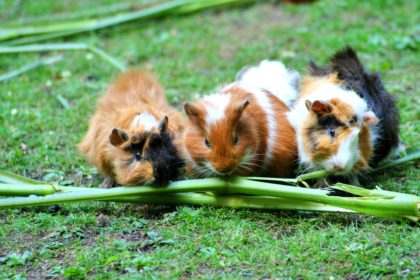Kennewick is a city in Benton County in the U.S. state of Washington. It is located along the southwest bank of the Columbia River, just southeast of the confluence of the Columbia and Yakima rivers and across from the confluence of the Columbia and Snake rivers. Take a look below for 30 interesting and amazing facts about Kennewick, Washington, United States.
1. It is the most populous of the three cities collectively referred to as the Tri-Cities (the others being Pasco and Richland).
2. The population was 73,917 at the 2010 census; the Census Bureau estimates the city’s population to be 84,347 as of July 1, 2019.
3. The discovery of Kennewick Man along the banks of the Columbia River provides evidence of Native Americans’ settlement of the area for at least 9,000 years.
4. American settlers began moving into the region in the late 19th century as transportation infrastructure was built to connect Kennewick to other settlements along the Columbia River.
5. The construction of the Hanford Site at Richland accelerated the city’s growth in the 1940s as workers from around the country came to participate in the Manhattan Project.
6. While Hanford and Pacific Northwest National Laboratory continue to be major sources of employment, the city’s economy has diversified over time and Kennewick today hosts offices for Amazon and Lamb Weston.
7. Native Americans populated the area around modern-day Kennewick for millennia before being discovered and settled by European descendants. These inhabitants consisted of people from the Umatilla, Wanapum, Nez Perce, and Yakama tribes. Kennewick’s low elevation helped to moderate winter temperatures.
8. On top of this, the riverside location made salmon and other river fish easily accessible. By the 19th century, people lived in and between two major camps in the area. These were located near present-day Sacajawea State Park in Pasco and Columbia Point in Richland. Lewis and Clark noted that there were many people living in the area when they passed through in 1805 and 1806.
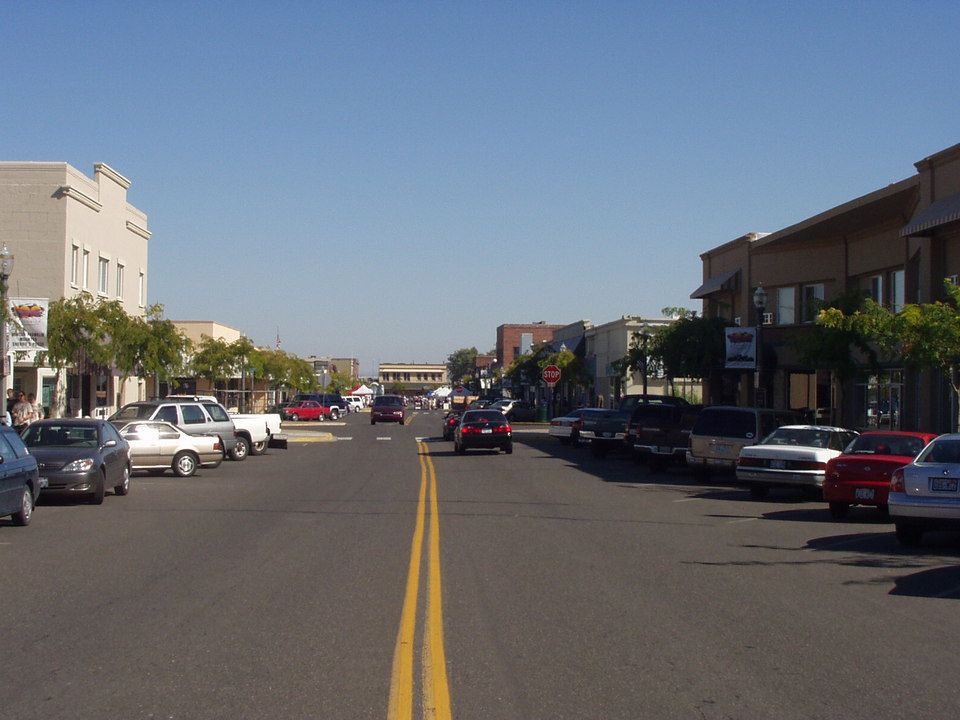
9. The map produced following their journey marks two significant villages in the area – Wollawollah and Selloatpallah. These had approximate populations of 2,600 and 3,000 respectively.
10. There are conflicting stories on how Kennewick gained its name, but these narratives attribute it to the Native Americans living in the area. Some reports claim that the name comes from a native word meaning “grassy place”.
11. It has also been called “winter paradise,” mostly because of the mild winters in the area. In the past, Kennewick has also been known by other names. The area was known as Tehe from 1886 to 1891, and this name appears on early letters sent to the area with the city listed as Tehe, Washington.
12. Other reports claim that the city’s name is derived from how locals pronounced the name Chenoythe, who was a member of the Hudson’s Bay Company.
13. The Umatilla and Yakama tribes ceded the land Kennewick sits on at the Walla Walla Council in 1855. Ranchers began working with cattle and horses in the area as early as the 1860s, but in general settlement was slow due to the arid climate. Ainsworth became the first non-Native settlement in the area—where U.S. Route 12 now crosses the Snake River between Pasco and Burbank.
14. Some Ainsworth residents would commute to what is now Kennewick via small boats for work. All that remains of Ainsworth is a marker placed by the Washington State Department of Transportation near the site.
15. During the 1880s, steamboats and railroads connected what would become known as Kennewick to the other settlements along the Columbia River. Until the construction of a railroad bridge, rail freight from Minneapolis to Tacoma had to cross the Columbia River via ferry.
16. In 1887, a temporary railroad bridge was constructed by the Northern Pacific Railroad connecting Kennewick and Pasco. That bridge could not endure the winter ice on the Columbia and was partially swept away in the first winter. A new, more permanent bridge was built in its place in 1888.
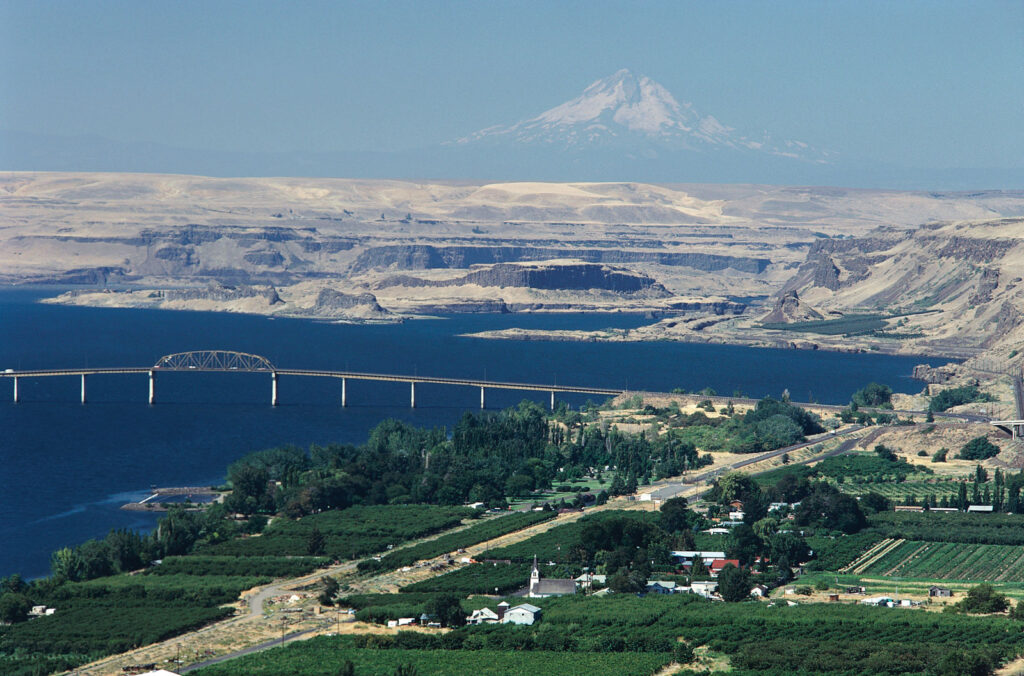
17. It was around this time that a town plan was first laid out, centered around the needs of the railroad. A school was constructed using donated funds, but this burned soon after it was finished. This initial boom only lasted briefly, as most of the people who came to Kennewick left after the bridge was finished.
18. In the 1890s, the Northern Pacific Irrigation Company installed pumps and ditches to bring water for agriculture into the Kennewick Highlands. Once there was a reliable water source, orchards and vineyards were planted all over the Kennewick area. Strawberries were another successful crop.
19. The turn of the century saw the creation of the city’s first newspaper, the Columbia Courier. Kennewick was officially incorporated on February 5, 1904. and the name of the newspaper changed to the Kennewick Courier in 1905 to reflect this change.
20. In the following decade, an unsuccessful bid attempted to move the seat of Benton County from Prosser to Kennewick. There have been other unsuccessful attempts to make this move throughout the city’s history, most recently in 2010.
21. In 1915, the opening of the Celilo Canal connected Kennewick to the Pacific Ocean via the Columbia River. City residents hoped to capitalize on this new infrastructure by forming the Port of Kennewick, making the city an inland seaport. Freight and passenger ship traffic began that same year. The port also developed rail facilities in the area.
22. Transportation in the region further improved with the construction of the Pasco-Kennewick Bridge in 1922, which is locally known as the Green Bridge. This bridge connected the two cities by vehicle traffic for the first time.
23. Kennewick and Pasco both experienced decent growth and became informally known as the Twin Cities throughout the Columbia Basin because of their juxtaposition across the river from each other.
24. Like many other agricultural communities, the Great Depression had an impact in Kennewick. Despite lowered prices for crops grown in the region, the city continued to experience growth, gaining another 400 people during the 1930s. Growth was aided by federal projects that improved the Columbia River.
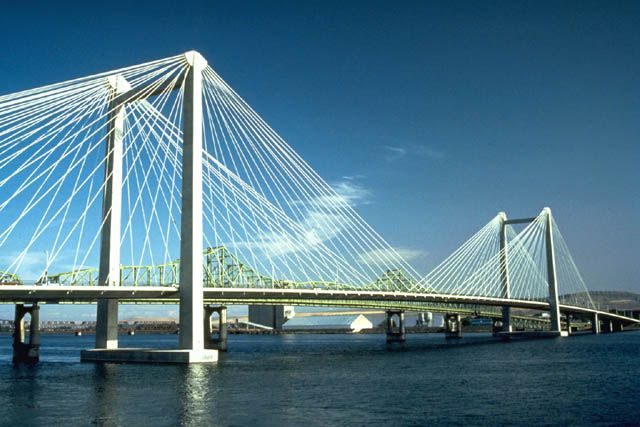
25. Downstream, Bonneville Dam at Cascade Locks, Oregon allowed larger barges to reach Kennewick. Grand Coulee Dam, located upstream of Kennewick, fostered irrigation across the Columbia Basin north of Pasco, sending more raw material through Kennewick.
26. Kennewick hosts a number of events throughout the year, many of which are held outdoors in public parks during the warm season.
27. The largest weekend event in town is the Tri-Cities Water Follies, which fill the weekend of the HAPO Gold Cup, a hydroplane race taking place every July in the Columbia River just upstream of the Blue Bridge.
28. Activities in Kennewick that weekend include the races itself as well as an airshow. There are other events throughout the Tri-Cities during Water Follies, such as Art in the Park, a craft show at Howard Amon Park in Richland.
29. Benton and Franklin Counties combine together to host a single fair at the end of each summer at the fairgrounds off SR 397 in east Kennewick. Like many other county fairs across the United States, the fair has livestock exhibitions, retail, carnival rides, and concerts.
30. The arid climate and warm temperatures during the summer draw people to Kennewick from around the Pacific Northwest. Many summertime visitors engage in boating and other water related activities in the Columbia, Snake, and Yakima rivers.

